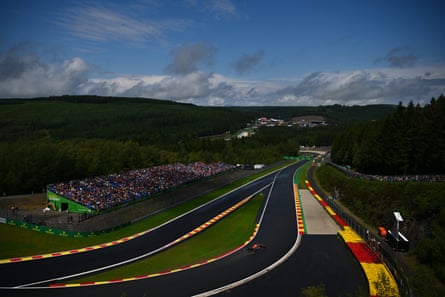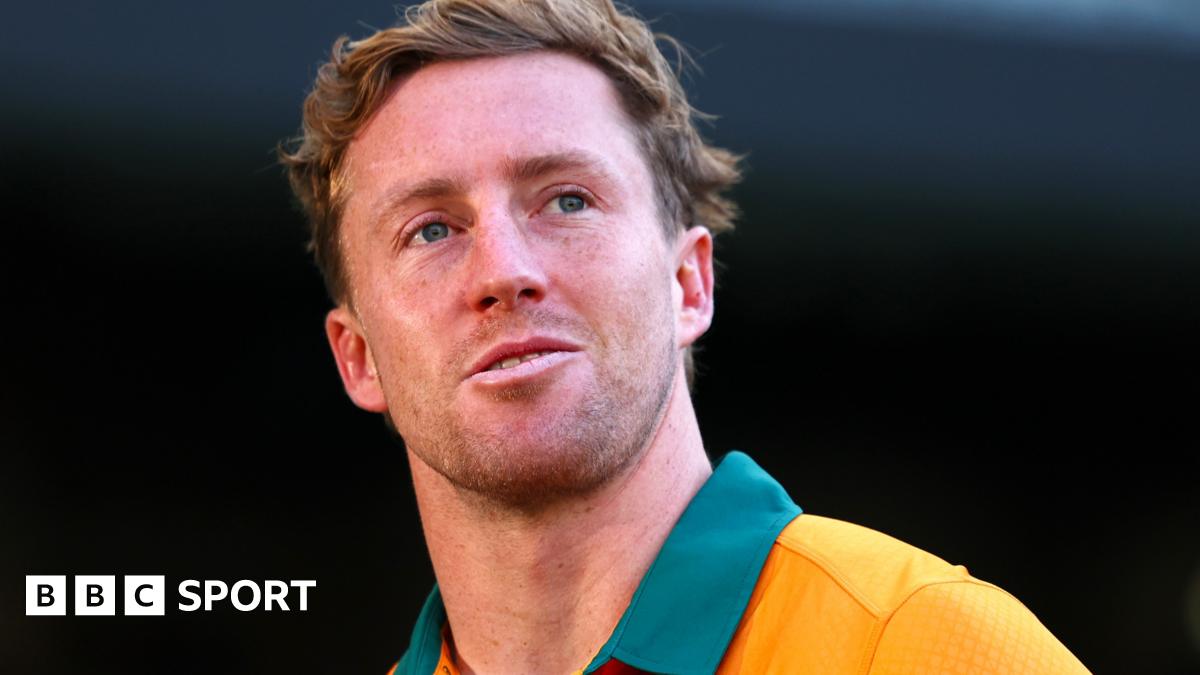Each summer, fans descend on the Belgian countryside, braving unpredictable weather and muddy campsites for a glimpse of Formula One’s most romanticised battleground. Tucked in the Ardennes forest, Spa-Francorchamps, hosting the Belgian Grand Prix this weekend, is a rite of passage for drivers, a pilgrimage for fans, and for many, the heart and soul of motor sport.
Since its debut on the calendar in 1950, Spa has carved itself into F1 folklore. Mika Häkkinen’s audacious double overtake on Michael Schumacher and Ricardo Zonta in 2000 is one of the sport’s most celebrated moves. In 2023, Max Verstappen stormed from 14th to victory in an epic comeback. Ayrton Senna won five times there, calling it his favourite circuit, a sentiment echoed by many current drivers.
At 7km long with 19 corners, Spa is the longest track on the calendar and home to some of F1’s most distinguished features. Nowhere is this clearer than at Eau Rouge and Raidillon, a sweeping blind uphill left-right kink that rewards precision and bravery in equal measure. Lewis Hamilton once described the thrill as a stomach-churning plunge that makes it feel like everything might come up at once. “It’s quite the rush when you’re doing 200mph,” he admitted.
But the same section that delivers such exhilaration has also brought tragedy. In 2019, Formula 2 driver Anthoine Hubert died at Raidillon following a high-speed multi-car collision. Four years later, 18-year-old Dutch driver Dilano van ’t Hoff was killed at the same corner during a Formula Regional race, this time in treacherous wet conditions. The crashes were hauntingly similar: a car losing control, struck at speed by oncoming traffic cresting the hill with little visibility.
With growing concerns about safety, Spa responded with changes in 2022: gravel traps were reintroduced, barriers were moved, and some runoff areas widened. But critics argue the changes did not go far enough to address the corner’s inherent dangers, especially in the wet, where spray and visibility become critical factors. George Russell likened it to “driving down the motorway in pouring rain and turning your windscreen wipers off”.
And now, alongside the safety debate, Spa is also facing a battle for its place on the calendar; its future, once considered untouchable, is now under threat. In a sport increasingly shaped by commercial interests, heritage circuits like Spa are being squeezed. Its most recent contract extension confirmed the Belgian Grand Prix will remain but on a rotational basis. Spa is set to be dropped from the calendar in both 2028 and 2030, potentially alternating with new venues in Thailand, Argentina or Rwanda. For some, it’s a natural evolution. For others, it’s a warning sign.
The release of Netflix’s Drive to Survive in 2018 marked a turning point for Formula One, particularly in the United States. Under Liberty Media’s ownership, the sport has seen a dramatic shift in scale and audience. Attendance at the US Grand Prix in Austin nearly doubled between 2018 and 2022, and a 2025 survey found that 73% of American fans now intend to attend a race. Now with Apple TV reportedly bidding for US broadcast rights on the back of the F1 film, the commercial juggernaut shows no signs of slowing.

But the sport’s growing appetite for glamour, reflected in the rise of circuits like Las Vegas, Miami and Jeddah, has raised concerns. For all the spectacle, there is a sense that Formula One is edging away from the traditions that built it. Circuits like Spa, Silverstone and Monza are now forced to compete with newer venues offering flashier packages and deeper pockets. Verstappen, Spa’s unofficial home hero, has previously suggested that traditional tracks deserve special status in the sport, exempting them from rotation or replacement.
F1 has always walked the line between danger and glory. But in an era shaped by commercial growth and heightened safety standards, Spa presents an uneasy dilemma. Its difficulty is part of its charm – the unpredictable weather, the margin for error, the rawness that feels increasingly rare. As the sport moves further into new markets, the question is no longer just whether Spa should stay. It is whether Formula One can afford to lose what it represents.
For now, the Belgian Grand Prix remains, and this year’s edition promises another compelling chapter. With Christian Horner’s departure, all eyes will be on how Red Bull responds under new leadership. McLaren, meanwhile, look to extend their surge in form as the title fight intensifies. And as ever, the drivers face one of the sport’s greatest challenges – a circuit that rewards bravery and punishes hesitation.

 7 hours ago
2
7 hours ago
2










 English (US)
English (US)